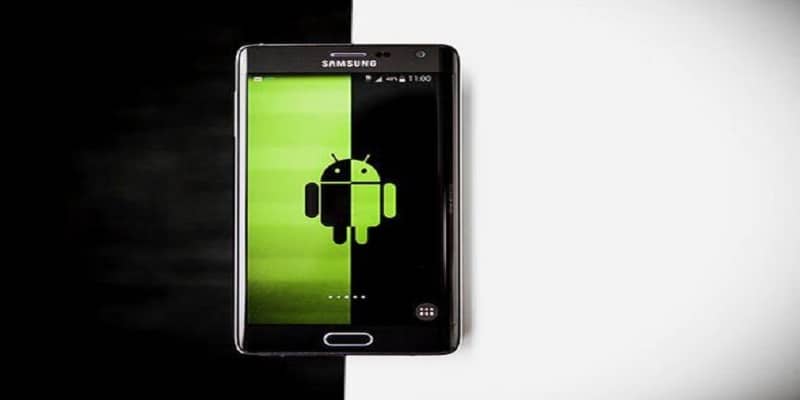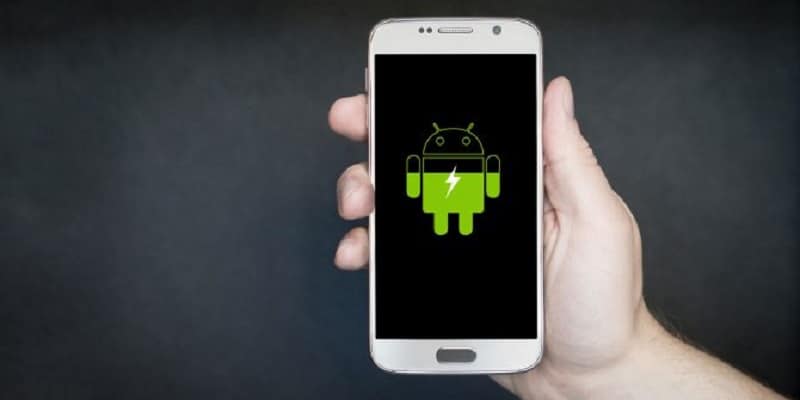Are you currently viewing “Failed to obtain IP address” when you try to connect your Android device to your wireless network? Do not worry, several other phone owners are battling the same problem.
Of the several network problems to contend with on mobile devices, this is a very rampant one.
As always, we have brought you the solution, and it will help you rectify it.
Connection of WiFi should be simple. It should just be you turning it on and holding on for about 5 seconds for connection to take place. It should be easy and seamless. This is why sometimes, when connection to a network is difficult, knowing it should be a straightforward process makes it more frustrating for you.
Routers make use of a system named DHCP – Dynamic Host Control Protocol, for assigning IP addresses. A pool is set inside the router configuration that restricts the number of IP addresses it can make use of and also sets the IP range. When phones try to connect, as long as authentication takes place, DHCP will assign an IP address and the phone will receive network access.
IP addresses are leased, so if your device is connected to your router, it gets assigned an IP address for set period.
You Might Also Want To Read- How To Disable Autocorrect On Android?
The default DHCP lease period is a week day plus one day. Therefore if your device is assigned a specific IP address, the router keeps that address for eight days. Whenever connection happens, it will instantly be given that address. When the time expires, the router will reach out to DHCP once more to get another IP address.
Most times, the address can be the same one, but this depends on how busy your network is. When “Failed to obtain IP address” is visible, it is telling you that something disrupted the process. It might be the router or device, we only have to know for sure what caused it.
How Can I Fix Failed To Obtain IP Address On My Android Phone?
The DHCP process is constant, for Android, iOS, Windows, tab, phone, desktop and laptop owners. Therefore if you are experiencing problems with those, these solutions should solve it there as well.
1. Reboot Your Device
As usual, with a problem that keeps re-occurring, always reboot before anything else. This will get rid of the phone cache, settings, memory and OS. If the device is fumbling in any way, reboot. It will surprise you when you find out how many faults got rectified this way. Simply reboot your device and attempt to reconnect to WiFi.
2. Reboot Your Router
If rebooting your smartphone did not give you the fix you want, rebooting your router can help. Because it controls DHCP, it is wise to get this done. You have to know for sure if your ISP modem, router or any home router is the DHCP server. It has to be one in any network so do not get confused.
Several routers have their different names for these. On Linksys, you will see it in the Connectivity menu and Local Network tab. Any other router can have it in a different place.
- Is your ISP modem also a router and you have nothing else? Get that rebooted.
- Is your ISP modem different from your personal router? And you moved DHCP to your router? Get your router rebooted.
- If you are unsure about which is your DHCP server, get yourself logged into one and look to confirm which has DHCP server activated. Reboot that one.
Or does your router and modem both have DHCP activated? Then deactivate it on the ISP device. It has to be one for each network.
You Might Also Want To Read- How Can I Uninstall And Deactivate Pre-Installed Apps On Android?
3. Forget The Network
What forgetting the network on your device means is you looking for it and authenticating it again. It is handy if you wish to force DHCP to reallocate an IP address and it could be all you need to be back on track.
- Enable WiFi on your device.
- Scroll down till your network name is visible.
- Press and hold the network name.
- Choose “Forget” when the popup shows up on your screen.
You will have to scan mobile networks one more time and type in your network password, but, definitely, you will now be assigned an IP and “Failed to obtain IP address” will be a thing of the past.
4. Check IP Address Range
Normally, a router should have an IP address range of 100 addresses that will be used for the management of your network. Some will have less than that, and in busier homes, this can result in problems.
- Get yourself logged into the router you own as the DHCP server.
- Choose the page that lists Start IP address and Maximum number of users/IP addresses.
There should be a choosable number inside the number of users or number of IP addresses. Get that expanded by five and ensure the change is saved. Then try your device again.



